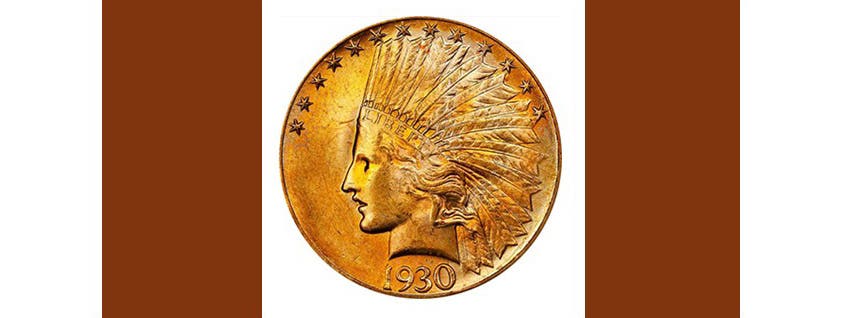Why Are Most Coins Round?
The answer goes back to the earliest crude production, where planchets were inserted between dies affixed to the tips of tongs.
Mints worldwide are getting quite creative at striking coins in shapes other than round. Especially for non-circulating legal tender (NCLT) issues meant to be sold to collectors at premium prices, you can find coin shapes of almost anything you can imagine.
Coins are no longer struck only in uncirculated or proof surfaces. You have reverse proofs, where the design devices have mirror surfaces, matte fields, and burnished or antique finishes.
Shapes are no longer limited to flat planchets. Some are three-dimensional, such as spheres and sundials, or have other objects embedded in them, like gold nuggets or gems.
There have even been multiple piece sets of coins that assemble like a puzzle to form a larger coin or something else.
Still, one question you may have never considered is why most coins are struck for circulation in a round shape. The answers are easy to find.
The answer goes back to the earliest crude production, where planchets were inserted between dies affixed to the tips of tongs. As the dies were hand-hammered to produce obverse and reverse designs, almost all resulting coins were relatively round or oval.
But there are several advantages today for using round coins in commerce versus any other shape:
· Round coins tend not to have sharp edges, making them easier to store and transport.
· Round coins are easier to strike with less wear on the dies. The collars used with dies are also stronger and last longer.
· Vending machines require coins that can roll into them.
· Coin sorting machines work most efficiently with round shapes.
· Just a sewer and water covers are round to reduce the risk of falling into the system; round coins have less risk of being lost by mishandling.
· Round coins have the lowest perimeter ratio to the area, meaning there is less edge from which valuable metal might be clipped off.
Next question?
Last week’s numismatic trivia question.
Last week, I asked—According to numismatic researcher Richard Doty, what are the four most essential coins or coin series in world history? The standard used by Doty for selecting these coins was that they were so crucial in commerce that they circulated widely beyond borders or comparable issues appeared elsewhere. On that basis, the Greek silver tetradrachm (debuted in the 6th Century BC), the British silver penny (introduced 765 AD), Venetian silver grosso (begun 1193 AD), and coins of 1865 Latin Monetary Union were named.
This week’s trivia question
Here is this week’s question. Who is the only person who served as US President and Chief Justice of the US Supreme Court to appear on a US coin? Come back next week for the answer.
You may also like:








